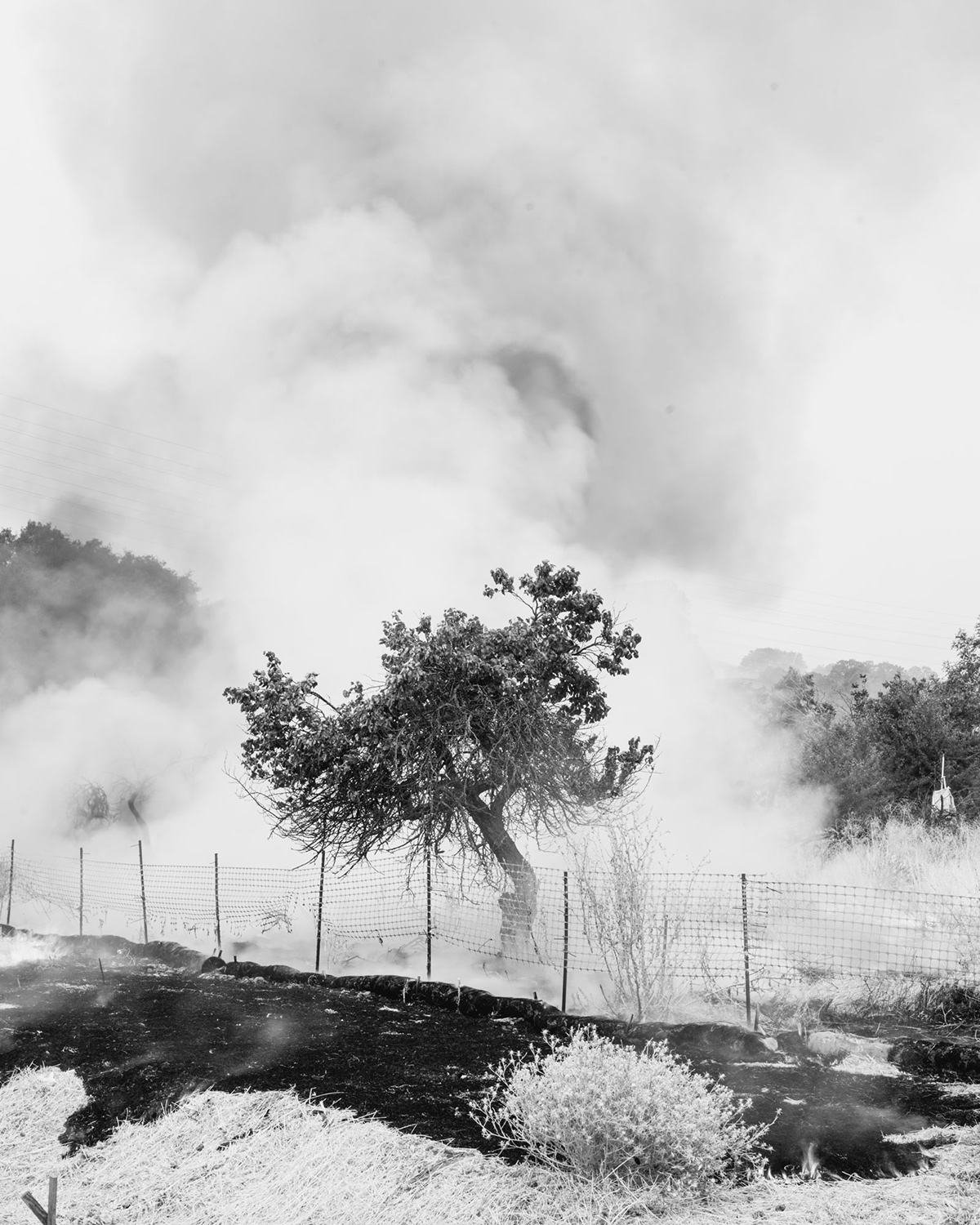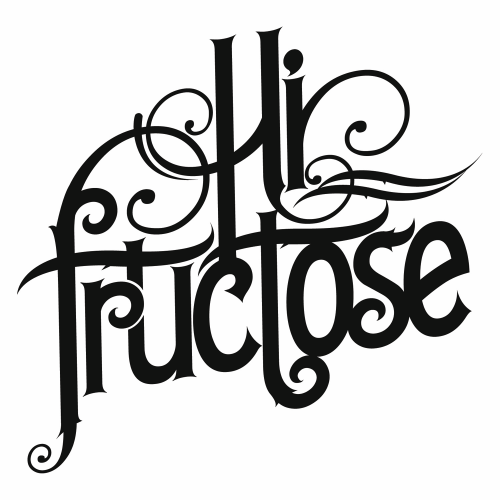The United States Pavilion at the upcoming Venice Biennale is in a precarious position after a proposal by artist Robert Lazzarini and independent curator John Ravenal fell through, according to a report in the Washington Post.
Ravenal had received an email and a phone call in early September from the US State Department, which handles the calls for proposals for the American contribution to the Biennale, informing him that their proposal had been selected.
Ravenal and Lazzarini collaborated together on the artist’s first institutional solo exhibition, at the Virginia Museum of Fine Arts in Richmond in 2003. They submitted their proposal without an institutional partner, which is unusual for the US Pavilion.
After receiving the winning proposal, they were tasked with finding a museum to help support the exhibition. Per the Post, they found one in the University of South Florida’s Contemporary Art Museum, which mounted a two-person exhibition for Lazzarini in 2019.
But negotiations between USF and the State Department reportedly collapsed in late September, just before a government shutdown. In an interview with the Post, Lazzarini said he believes that this was a case of “two bureaucracies failing to mesh,” not an example of ideological disagreement. Ultimately, the artist’s winning proposal was withdrawn.
The State Department declined to comment to the Post. ARTnews’s requests for comment from the State Department and USF were not immediately answered.
Lazzarini declined to comment to ARTnews, directing the query to Ravenal, who did not respond by press time.
In a statement to the Post, Althea Johnson, a USF spokesperson, said that “the University of South Florida is honored that our proposal was selected to represent the United States,” but that university was “not able to accept the grant from the U.S. Department of State to participate” for “a number of factors,” including the shortened timeline and the financial obligation required to realize the exhibition.
Ravenal and Lazzarini submitted their proposal over the summer after reading a piece in Vanity Fair that called into question the status of the US Pavilion. The article also noted that there had been the State Department’s call for proposals had added language this year that submissions should highlight “works of art that reflect and promote American values” and that “[foster] peaceful relations between the United States and other nations.”
Per the Post, this year’s US Pavilion also faced another significant change. The winning proposal has historically been selected by Advisory Committee on International Exhibitions, which is assembled by the National Endowment for the Arts and US Department of State, via a call for proposals.
But the Trump administration’s overhauls to the federal government caused the NEA to exclude itself the selection process, which was handled entirely by the State Department. An NEA spokesperson told the Post that the organization did not participate because of the “current time constraints and staffing transitions at both agencies.”
Artist Andres Serrano and far-right blogger Curtis Yarvin have publicly announced their proposals for the US Pavilion, though it’s unclear if they actually submitted them via the application portal.
Producing the American Pavilion every two years is a costly endeavor. The US government provides a grant of only $375,000, though the exhibition often requires several million dollars for its completion. (About a third of those funds, $125,000, is earmarked for the Peggy Guggenheim Collection in Venice, which maintains the Pavilion.) The 2024 edition by Gibson had a budget of around $5 million, while Leigh’s 2022 pavilion cost some $7 million, according to the New York Times. Per the Post, Lazzarini’s budget would have been $5 million.
As the curator, Ravenal would have been primarily responsible for raising those funds, which would have been difficult, given that he does not currently have an institutional affiliation. (Ravenal was previously the executive director of the deCordova Sculpture Park and Museum in Massachusetts and curator of modern and contemporary art at the Virginia Museum of Fine Arts in Richmond.)
Once USF had agreed to be the institutional partner, however, the grant contract made the university liable for around $4.75 million, the amount not provided by the State Department. That contract had to be signed in order for Ravenal to tell donors that the proposal had won and for him to begin fundraising, but, per the Post, USF wanted a list of donor pledges ahead of signing the contract.
Lazzarini would have been an unusual pick for the American Pavilion, as the chosen artist is often someone more high-profile than him, with a lengthier CV. Recent US representatives include blue-chip artists such as Jeffrey Gibson, Simone Leigh, Mark Bradford, Joan Jonas, and Ed Ruscha.
In addition to the VMFA and USF exhibitions, the CV on his website, which was last updated in 2021, lists solos at the Mint Museum in Charlotte (in 2018), the Modern Art Museum of Fort Worth in Texas (2011), the FLAG Art Foundation in New York (2010), and the Aldrich Contemporary Art Museum in Connecticut (2009).
He has featured in a number of group exhibitions at both institutions, like the Tang Teaching Museum & Art Gallery and Peabody Essex Museum, and commercial galleries, such as the Hole and Marlborough Chelsea, over the years. The most notable of these is the 2002 Whitney Biennial; New York Times critic Roberta Smith described his contribution to that exhibition as “gimmicky.”
The Post report provided several details into what Lazzarini’s US Pavilion would have looked like. It would have filled the Neoclassical building with objects related to US nationhood, including American flags, George Washington statues, and Civil War canons, all realized via the artist’s signature warped designs. A large-scale flag finial of an eagle was to be erected outside the pavilion, partially obstructing a clean view of the facade.
Ravenal’s proposal reads, according to the Post, “As the United States approaches its semiquincentennial in 2026 … there is a need for an artistic project that does more than just showcase talent — it must encourage critical engagement with American symbols and ideals in a time of great change.”
Many countries have already announced their representatives for the Biennale, including Lubaina Himid for Great Britain, Yto Barrada for France, Henrike Naumann and Sung Tieu for Germany, Abbas Akhavan for Canada, and Amanda Heng for Singapore. (Countries have until January 19 to officially submit their pavilions to the Venice Biennale.)
The Australian Pavilion in particular has faced controversy. Artist Khaled Sabsabi was selected in February, but shortly after the announcement, his appointment was canceled by its commissioner Creative Australia, which led to immense outcry. Then in July, Creative Australia reinstated Sabsabi, giving him a $100,000 grant for a 2027 exhibition in October.















